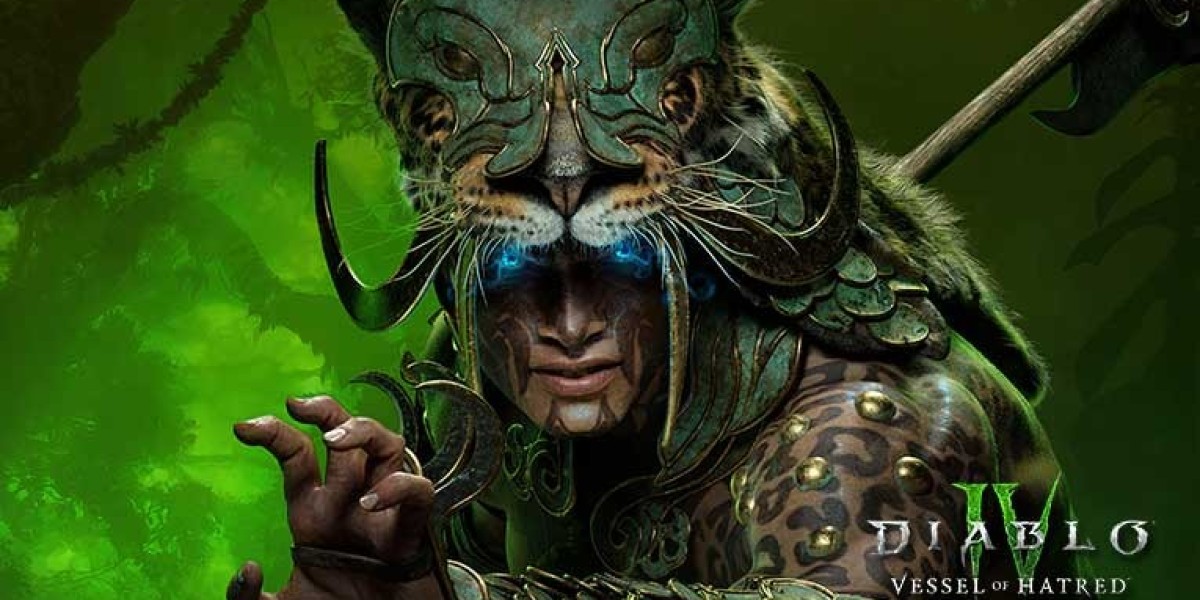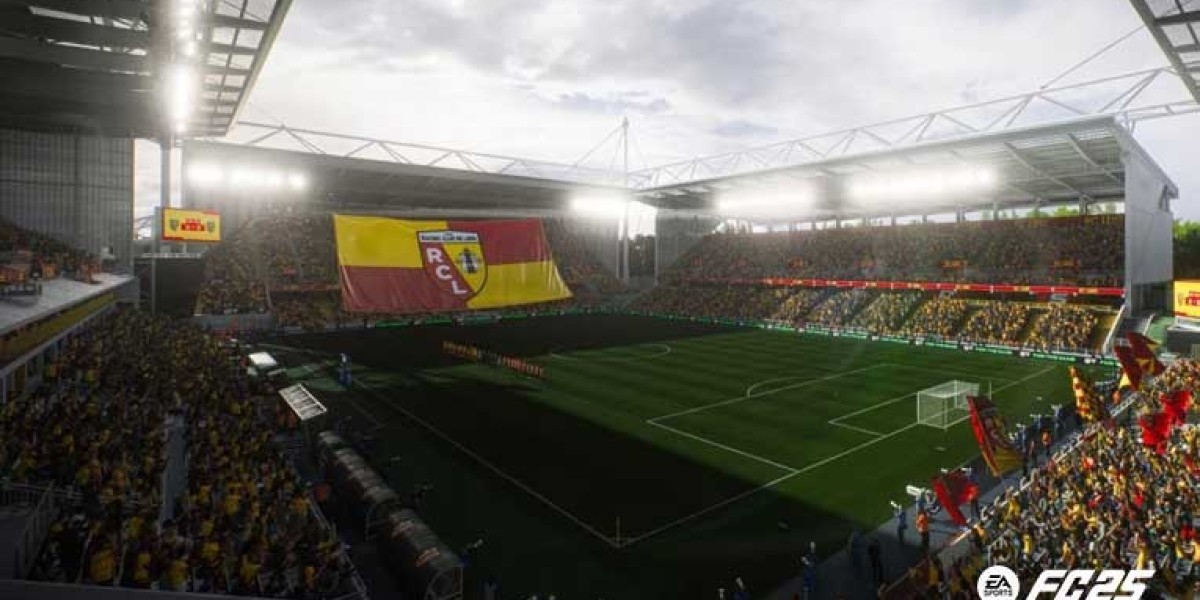Whether it’s the vibrant glow that greets you on a night out or the nostalgic charm evoked by retro designs, neon signs continue to captivate our senses with their bold brightness and unique aesthetic appeal. In this blog, we explore the charm of neon signs, their fascinating history, their role in modern design, and why they remain as relevant as ever.
A Glimpse into the History of Neon Signs
The story of neon signs begins in the early 20th century with the discovery of neon gas, a noble gas found in the Earth's atmosphere. French engineer Georges Claude is credited with first demonstrating neon lights at the 1910 Paris Motor Show, a revelation that would later revolutionize signage. Neon signs became popular in the 1920s and 1930s, particularly in cities like New York and Los Angeles, where they were used to advertise businesses, theaters, and other entertainment venues. Their ability to stand out in the darkness of night made them a perfect tool for grabbing attention and creating vibrant urban atmospheres.
During the mid-20th century, neon signs became synonymous with the glitz and glamour of the entertainment industry, especially in Las Vegas. The neon glow became an essential part of the city's identity, and iconic signs like the "Welcome to Fabulous Las Vegas" sign became a global symbol of indulgence and excitement.
Neon Signs and Their Visual Appeal
What makes neon signs so visually appealing? Their distinct ability to combine bright, saturated colors with a luminous glow sets them apart from other forms of signage. Neon signs come to life in a way that standard lights can’t match, and they have an almost magical ability to infuse energy into their surroundings. Their fluid, bendable nature also allows for creative, custom-made designs that are instantly recognizable.
The wide spectrum of colors produced by neon lights, from classic red and blue to vibrant green and yellow, enables designers to craft visually striking effects. This versatility in color choices contributes to their widespread use, as neon signs can reflect a brand's personality or the ambiance of a specific space.
Neon Signs in Modern Design
Although digital billboards and LED screens have emerged as the modern go-to for advertising, neon signs still hold a significant place in design. Contemporary artists and designers frequently incorporate neon lights into their works to evoke a sense of nostalgia while creating a sense of modernity. This resurgence of interest in neon signs can be seen in cafes, restaurants, boutique stores, and even in private homes.
Today, neon signs are seen as a fusion of art and functionality. They can be used as striking statements in interior design, creating a focal point in rooms with their unique aesthetic and atmospheric lighting. In addition, the resurgence of vintage-style neon signs adds a touch of retro chic, evoking memories of old-school diners, classic movies, and 80s neon-infused pop culture.
The Timeless Allure of Neon
Whether used in advertising or as a decorative piece, neon signs have proven to be timeless. Their glowing presence appeals to both those with a fondness for the past and those looking for a bold, modern statement. With their ability to create visual impact, evoke nostalgia, and brighten any space, neon signs continue to shine brightly in a world full of ever-evolving design trends.
In conclusion, neon signs offer a dynamic blend of history, art, and practicality. Their enduring appeal lies not only in their bright colors and stunning visual impact but also in the emotional connection they elicit. From the vintage neon-lit streets of the 20th century to their modern-day resurgence, neon signs will continue to light up our lives for many years to come.



